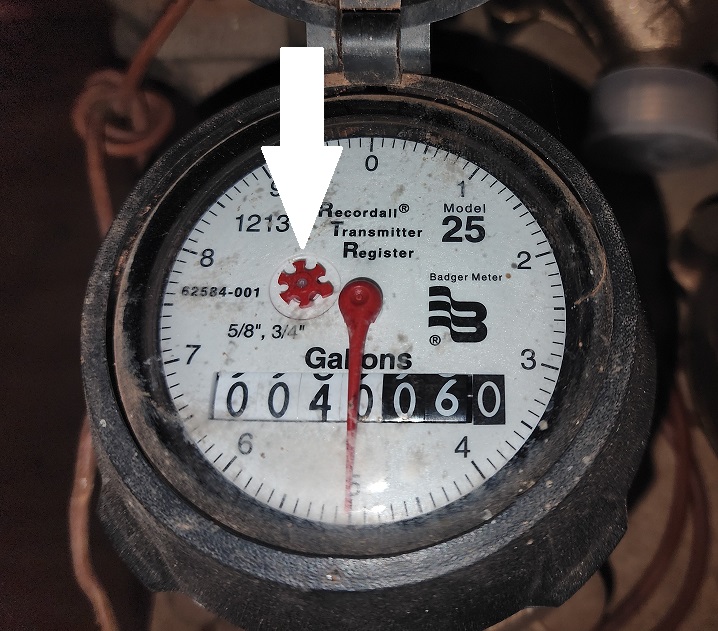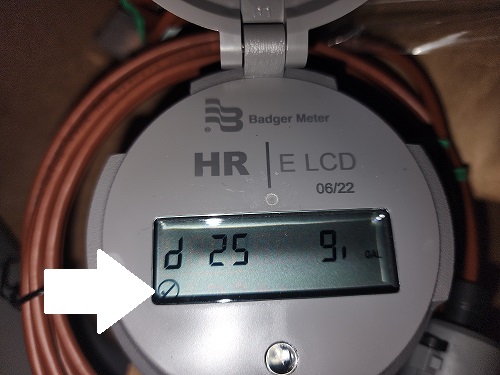Tips (under construction)
Basic Leak Tips
One of the first key indicators that there is a leak in your home or in your service line is the monthly billing. We encourage all customers to review their bills, we always include the number of gallons used in the billing cycle. You can compare this to previous months usage. If there is a drastic increase, there could be a potential leak. Our operator or assistant operator can come to you and check the meter, or you can check this yourself.
To check the meter yourself–you will need a tool to open the lid and possibly a flashlight/little bit of water to put on the meter facing—the dirt likes to cover the meter face sometimes.
- You will need to locate your meter can (typically just outside your property line, though it may be inside your property line).
- Open your meter lid (these are heavy metal lids), you may see a yellow dot on your meter lid to indicate it is in our office GPS database.
- Look at the meter dial for one of the two examples below, if you see the red gear spinning when no water is being used you have a leak. With the digital screen meter, if you have a check mark there is no leak, if you have a hose with a water drop icon showing, there is a leak (our example photo shows no leak on the digital screen).
Please note, if there is a leak on our side of the meter (from main line to meter) the water would not register as a leak on the customer side nor cause the usage to increase.
Our friends with the EPA have the following document to help locate common leaks in and around your home.
Water Conservation Tips
Coming Soon!
Are you a sewer customer?
Did you know….
- Chemicals that claim to dissolve grease may not actually be effective? Grease can build up in sewer, which can restrict the flow of wastewater from our homes. This blockage can force wastewater into the streets and yards which can then enter the river.
- Clogged sewer repair bills on average cost $500 (Statistic found using general searches).
- Garbage disposals use larger amounts of water, by scraping food off dishes into a trash container directly you can reduce your water consumption, in turn can lower your water and sewer costs.
- Use a strainer in sinks, showers, tubs then dispose of materials in trash.
- Place all liquid fats, grease, and oil into a can or jar with a lid and place in trash.
- Put all food waste and discards in a trash container. *bonus tip: many foods can be composted to be used in gardens.
- Limit the amount of milk products that go down a drain.
- Only toilet paper, human waste and water can go down the toilet.
- Use recommended amount of soap in laundry and dish washing.
- Don’t flush wipes (even if they say “FLUSHABLE”), diapers, rags or personal hygiene products.
- Don’t put egg shells or coffee grounds in the garbage disposal, sink drain or toilet.
- Don’t discard coffee grounds or eggshells down the sink.
- Don’t put motor oil, lard or cooking oil down the drain. These items should be disposed of in the garbage.
- Don’t flush kitty litter.
- Don’t flush medicines down the toilet or garbage disposal (unless label instructs you to do so). Search for tips on how to properly dispose of these unused medicines.
In addition to the above “Don’ts”, Never dispose of the following down your sinks or toliets:
- Nail Polish
- Oven Cleaners
- Paint Varnish/Stripper/Thinners
- Pesticides
- Spot Remover
- Vehicle fuel/Oil/Grease
- Fertilizer
- Poisons
- Weed killer
- Battery Fluids
These items all require proper disposal at a hazardous waste disposal facility.
Septic System Tips
- Dispose of waste appropriately, your drains are not a trash can.
- Keep your septic tank cover accessible for inspections and pumping.
- Get rid of grease/oil/animal fat with regular garbage


